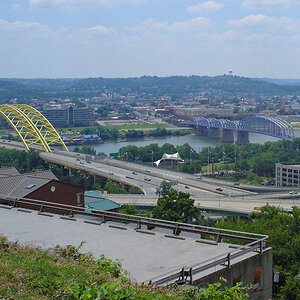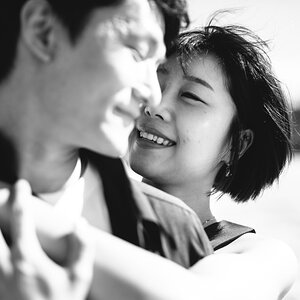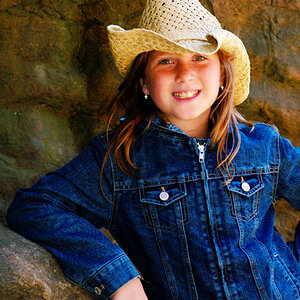TheFantasticG
No longer a newbie, moving up!
- Joined
- Oct 21, 2010
- Messages
- 1,513
- Reaction score
- 200
- Location
- Houston, Texas
- Website
- www.gplimages.com
- Can others edit my Photos
- Photos NOT OK to edit
You're literally reversing a lens... how are you going to ...
I see. It's manual control of G type lenses as you already have that control over D type lenses because they have the iris ring. You have a lever that you move to open or close the iris. I gets it. Still easier to just buy a used Tamron 90mm or Sigma 105mm and get after it.
I see. It's manual control of G type lenses as you already have that control over D type lenses because they have the iris ring. You have a lever that you move to open or close the iris. I gets it. Still easier to just buy a used Tamron 90mm or Sigma 105mm and get after it.


















![[No title]](/data/xfmg/thumbnail/34/34346-f7996f51f0624620cfd54a488abeacf9.jpg?1619736382)



